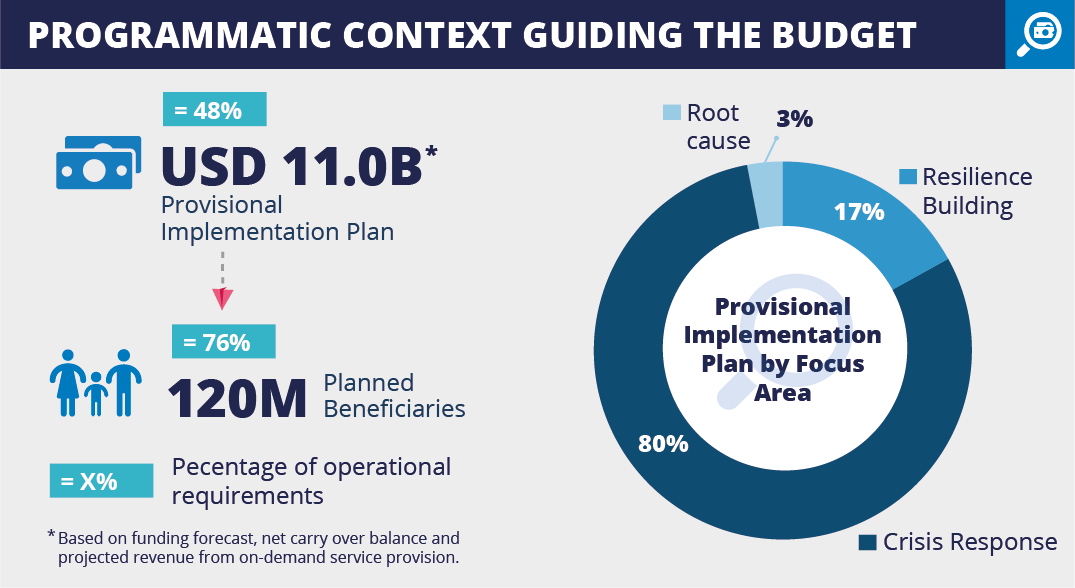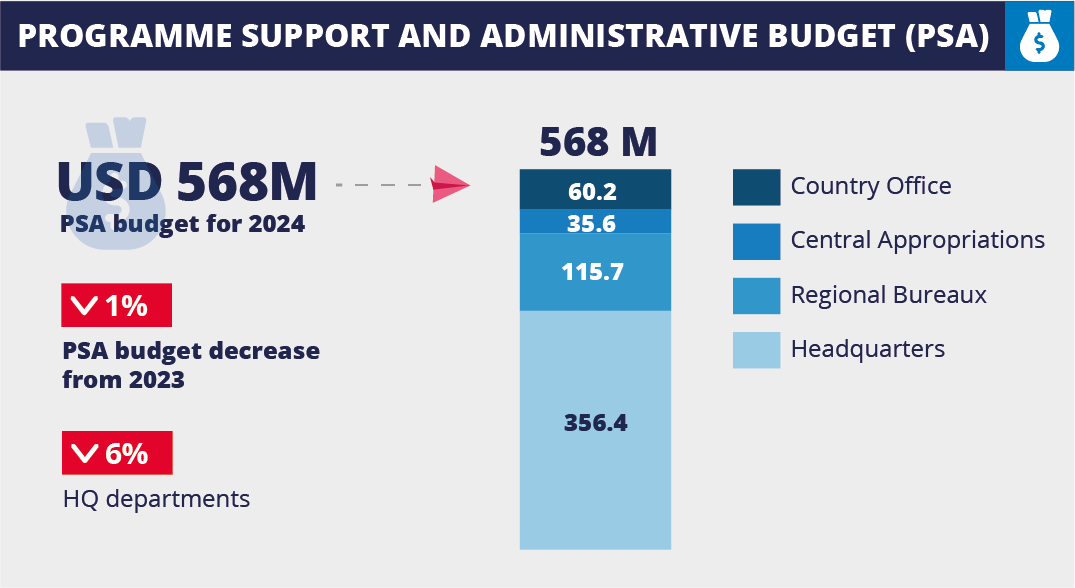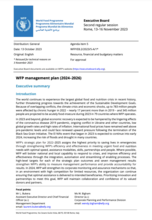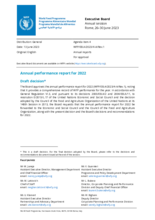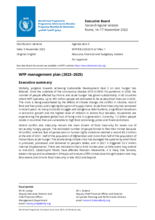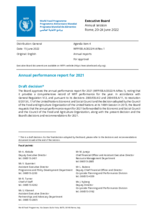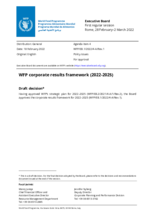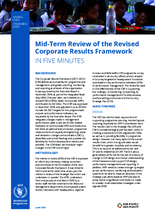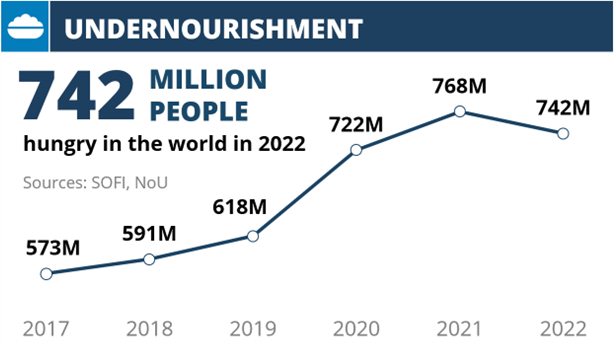
Performance management and accountability
Measuring and reporting on corporate performance enables the World Food Programme (WFP) to be more accountable towards the people it serves and those who provide funds. Each year, WFP plans, monitors and reports on its operations, so that it can provide the best possible service to the people it assists, using available resources in the most efficient and effective way possible. This means WFP not only focuses on what results it achieves but also how it achieves them.
WFP’s Corporate Results Framework, which guides this ‘accountability cycle’, sets out a clear structure to measure and report on the organization’s achievements. This is articulated in three phases: planning, monitoring and reporting.
At the planning stage, each country office designs a multi-year Country Strategic Plan, which outlines WFP’s initiatives to support the Government in achieving Sustainable Development Goal (SDG) 2 at the national level. Each Country Strategic Plan is based on a logical framework, which links activities at country level with related outputs, outcomes and WFP strategic results and goals. In addition, country offices assess the forecast funds for their operations and prepare an implementation plan and an Annual Performance Plan, which describes how the annual programmatic objectives will be achieved.
Global food security trends

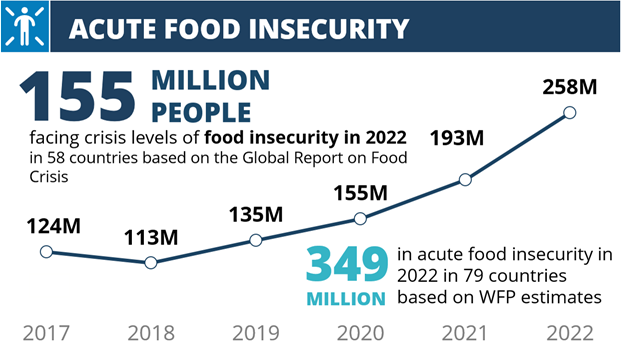
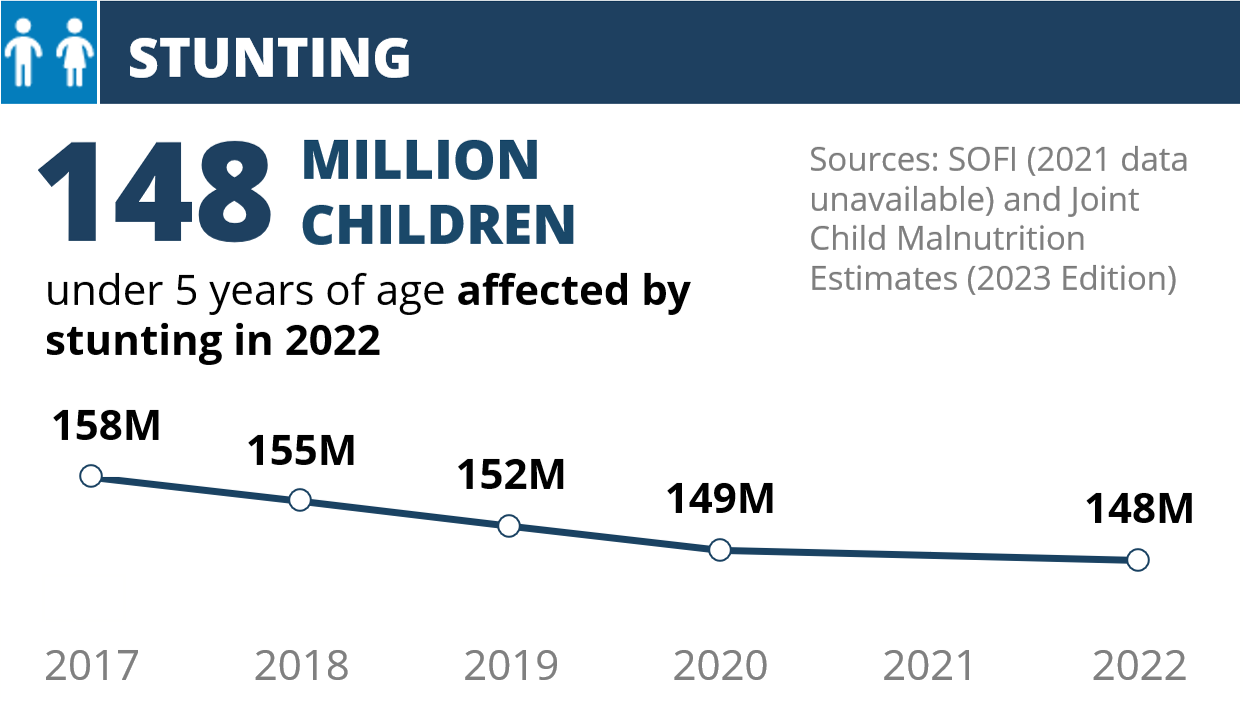
Budget elements for 2024
